De-facto Fighter Bomber
Following the defeat in WW2, Japan was temporarily banned from developing its own aircraft until the country regained independence in 1951. Afterwards, the aviation industry experienced a gradual revival and managed to develop the first Japanese supersonic aircraft, the T-2 training jet.
This T-2 training aircraft later morphed into postwar Japan’s first indigenous fighter – the Mitsubishi F-1 which entered service in 1977.
With a total production of 77 units, the F-1 served as a de-facto fighter bomber for the new Air Self Defense Force (JASDF), addressing various missions ranging from air combat to ground and anti-ship attacks.
- General Overview
| Length | 17.8m (58.4ft) |
| Wingspan | 7.88m (25.85ft) |
| Height | 4.45m (14.6ft) |
| Crew | 1 person |
| Maximum Speed | 1,675km/h (1,040mph) |
| Combat Range | 1,130km (702 miles) |
| Service Ceiling | 15,240m (50,000ft) |
| Armament | 20mm cannon×1 Anti-ship missiles Air-to-air missiles guided/unguided bombs |
| Unit Price | 30 million USD |
The F-1’s outward appearance is similar to that of the Anglo-French attack aircraft “SEPECAT Jaguar” though this resemblance is purely coincidental as both fighters differ significantly in terms of capability and design.
Since was based on a training aircraft, the F-1 enjoyed excellent reliability and maintenance was relatively easy, making it one of the favorite choices for pilots and maintenance crew alike.
It was also the only JASDF fighter capable of carrying anti-ship missiles until the arrival of the F-2 fighter, making the F-1 indispensable for preventing enemy landings.
Should the enemy break through and land on Japanese soil, the F-1 was to conduct limited air-strikes – an extremely rare mission for a JASDF fighter at that time considering the strong leftist opposition.
To achieve such task, the F-1 was equipped with a targeting computer that enabled impressive accuracy even with unguided bombs. It was essentially a multipurpose fighter or a fighter bomber with limited air-strike capabilities.
Limited Range and Maneuverability
On the other hand, the pursuit of supersonic performance led to the fuel tanks unable to be accommodated within the main wings.
The issue was later addressed by adding three external fuel tanks, but the maximum range was still limited to approximately 2,600 km or 1,615 miles, far shorter than that of the F-4 fighter which was operated around the same time.
Ironically, this drawback contributed to the installation of targeting sights for ground attacks, a feature that was restricted when introducing the F-4 fighter. The opposition parties considered that the F-1’s short range would not pose any significant threat to neighboring countries and ultimately agreed to the limited air-strike capacities.
Another shortcoming was the engine’s insufficient power which was concerned to put the F-1 at a disadvantage during dogfights.
However, it is worth noting that the engines used in the F-1 were originally developed for the aforementioned Jaguar attack aircraft and were not specifically designed for combats requiring high maneuvers.
 A retired F-1 on display
A retired F-1 on display
Later, the F-1 fighter underwent improvements such as installing autopilot systems and enabling the use of GPS-guided bombs, but the fighter soon became outdated due to limitations in radar performance and the absence of chaff/flare countermeasures.
After nearly thirty years of service, the F-1 was decommissioned in 2006, but many can be seen on display in JASDF bases around the country, including the small radar sites.


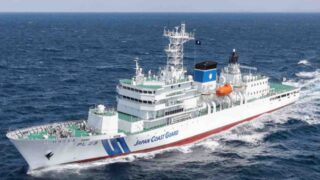
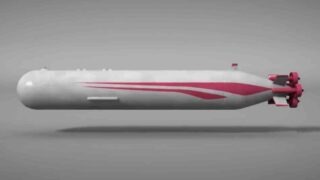
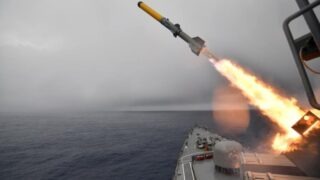
-320x180.jpg)
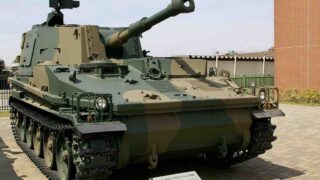
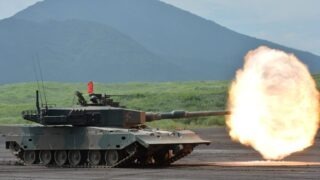

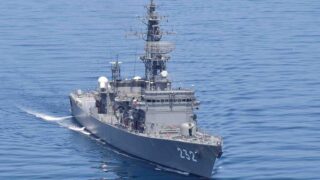

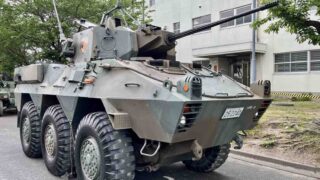
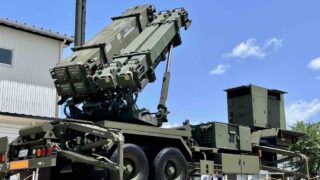
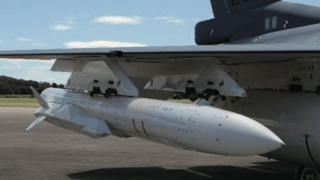

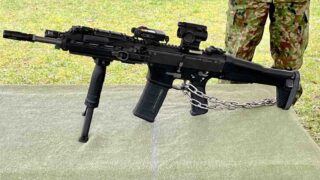
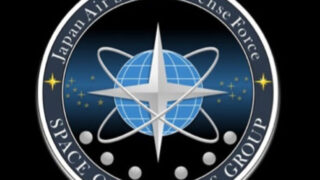
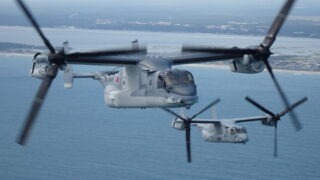
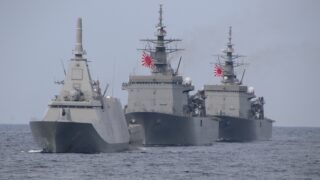
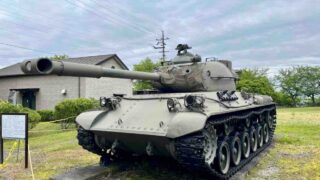
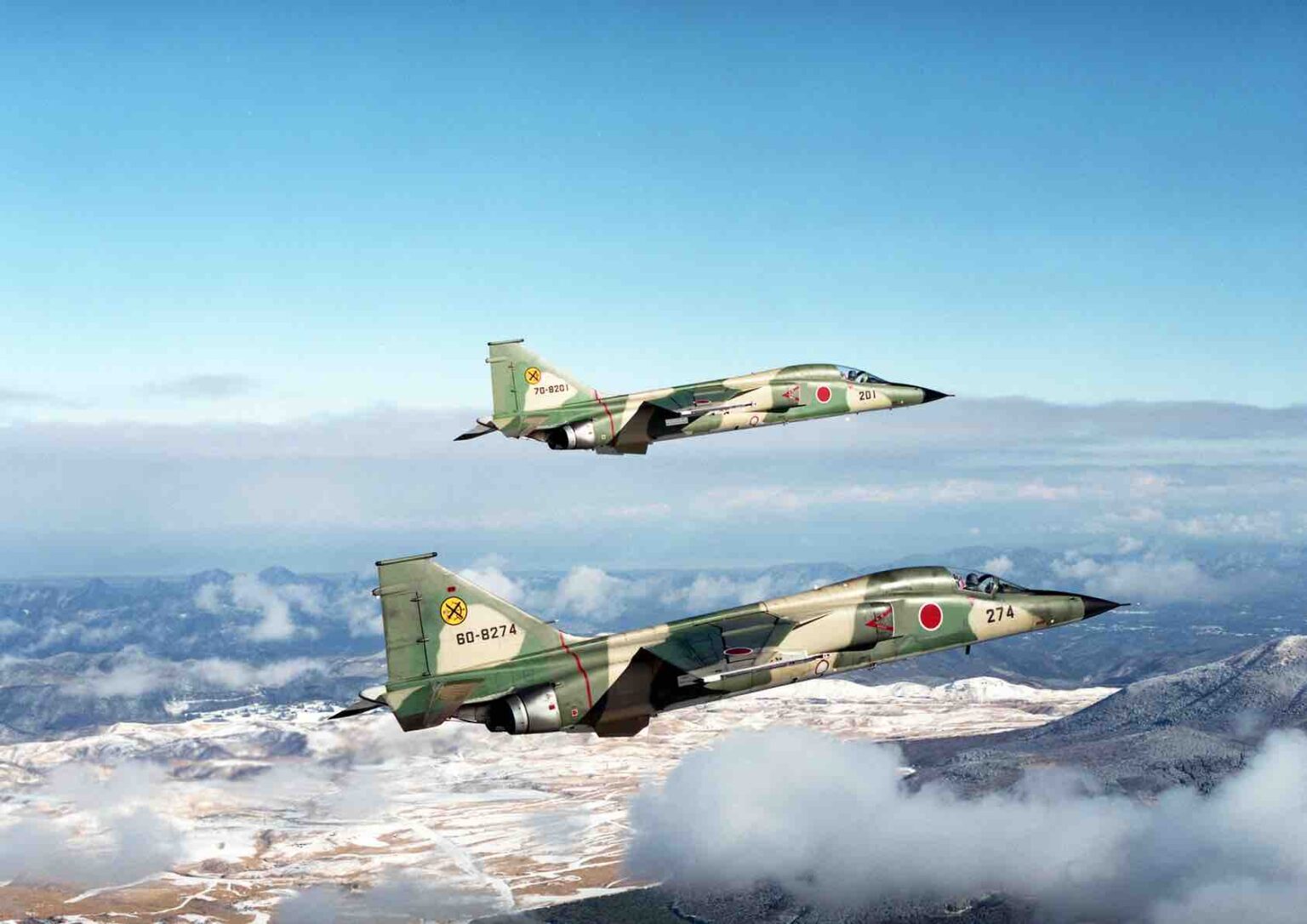
Comments